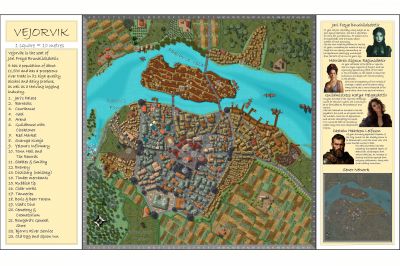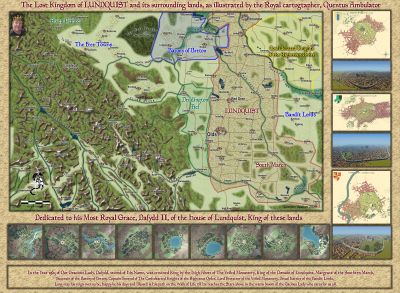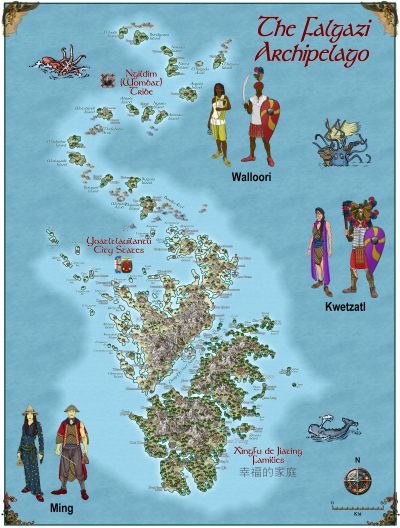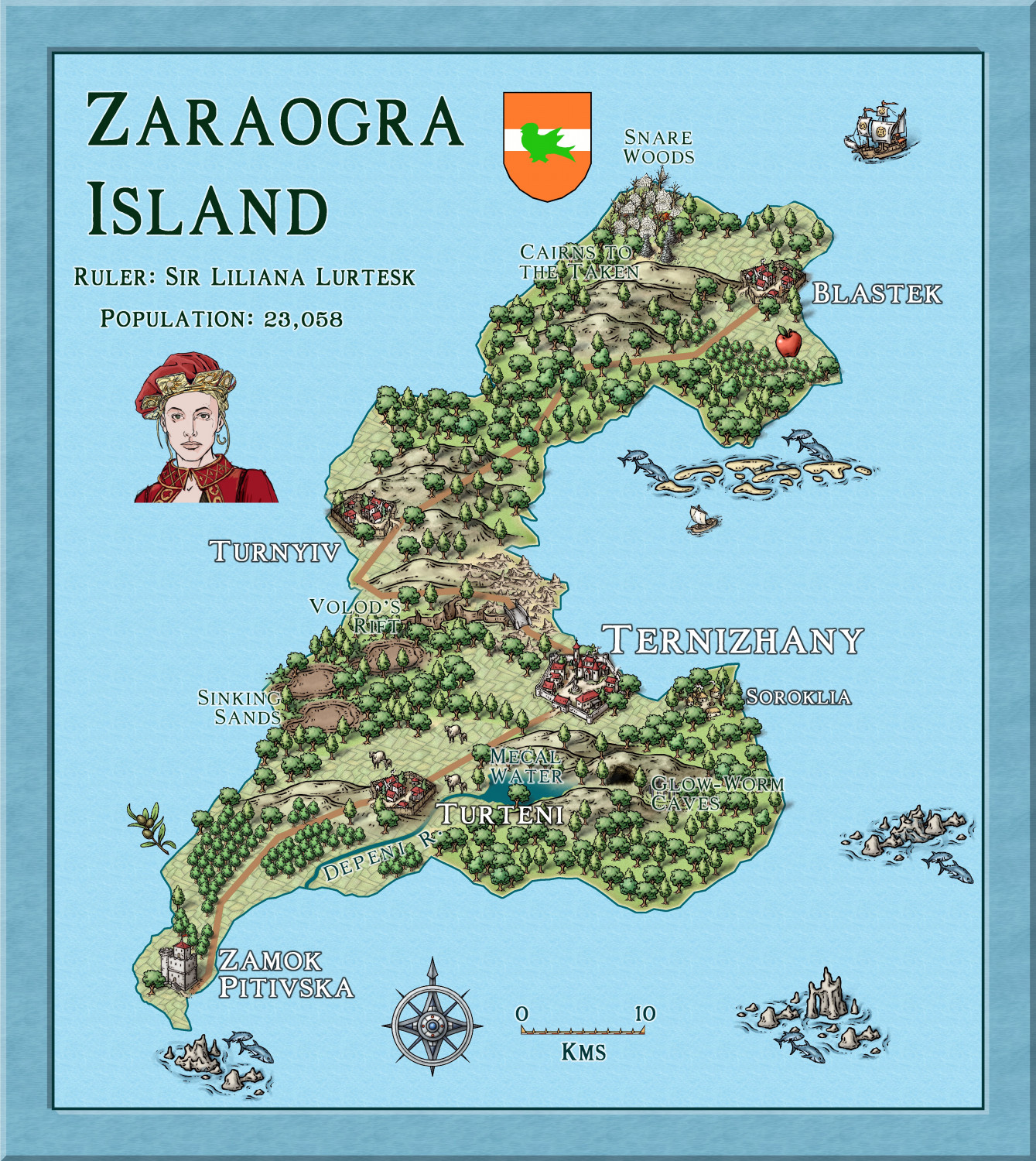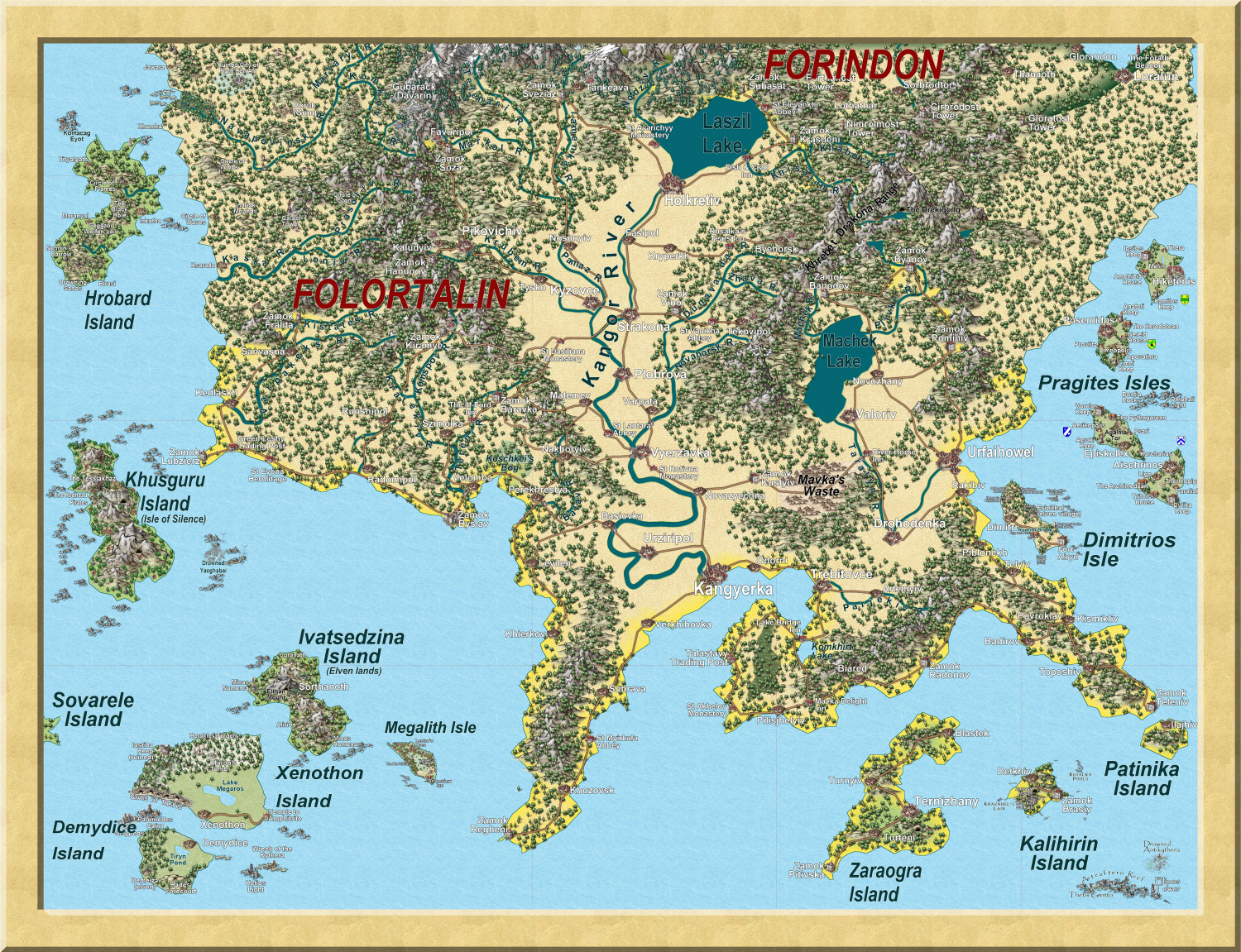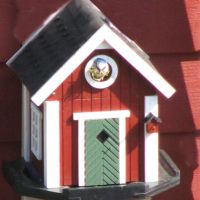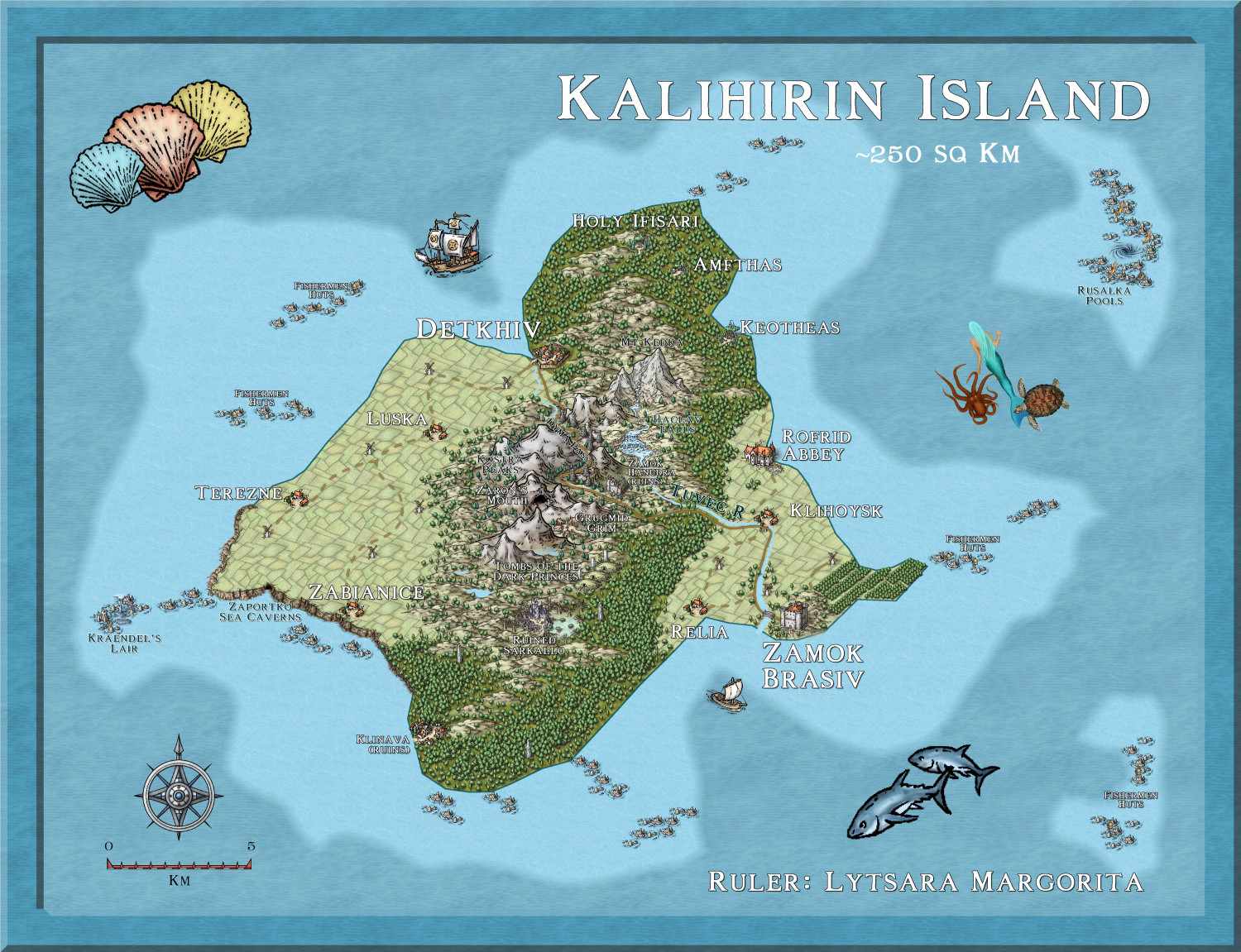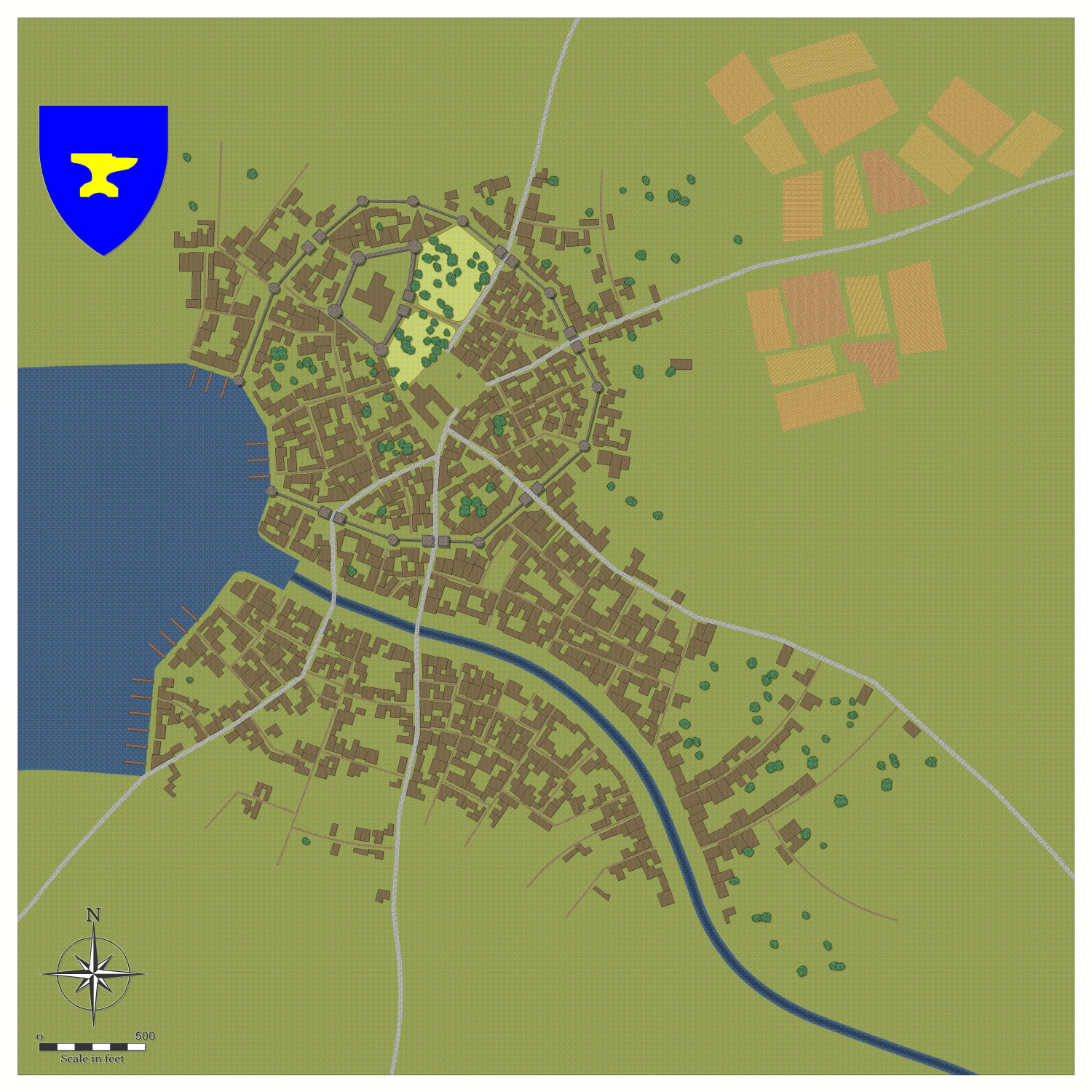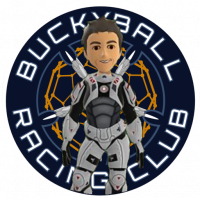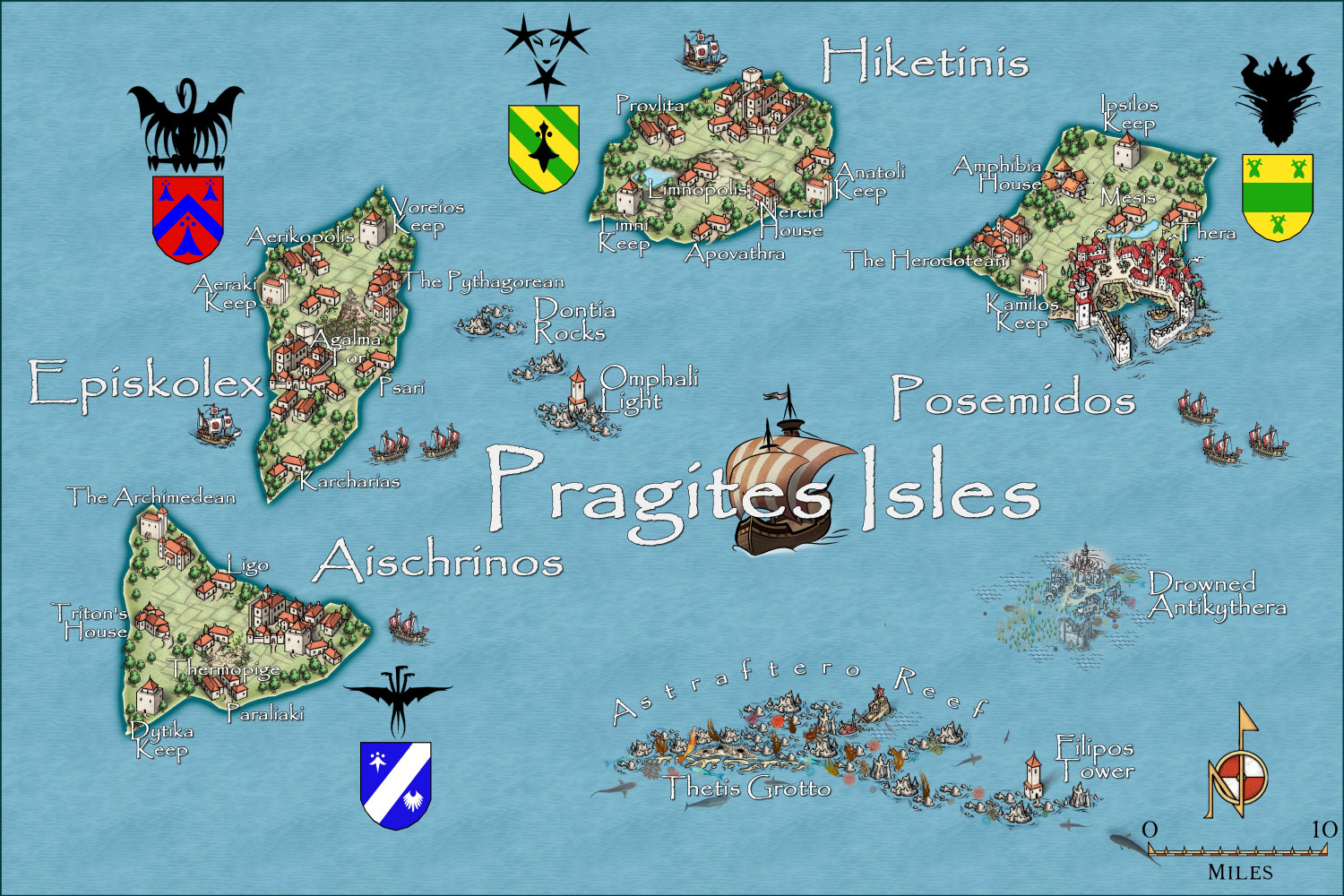Quenten
Quenten
About
- Username
- Quenten
- Joined
- Visits
- 7,211
- Last Active
- Roles
- Member
- Points
- 2,865
- Birthday
- November 29, 1950
- Location
- Australia
- Real Name
- Quenten Walker
- Rank
- Mapmaker
- Badges
- 16
Reactions
-
Hardin - Folortalin - Zaraogra Island
Here is another Island in the detailed map of Hardin I am doing.
The title is correct - all knights and other nobles have the so-called 'male' titles, regardless of sex, to indicate that this is a FEMALE dominated world. (as the females are SO much stronger in use of innate 'magic' powers, called etherics).
-
Hardin region of Myirandios
Further work done on this map - added some extra islands - the ones I have been doing for the Community Atlas. renaming not yet done, but the symbols all reorganized. I had to scale them up since the atlas maps were in miles, and the Hardin map is in Km, and I wanted to keep the islands the same size. It also means I will keep the write-up of the islands.
A larger version will be in the Gallery.
-
Hardin Region (Myirandios) - Isle of Kalihirin, and Isle of adventure for low level characters.
Update on the Island Of Kalihirin - it is complete. Now for the write up, then mapping each site.
The island has an area of about 255 sq km, a bit smaller than the Caribbean nation of St Kitts and Nevis, which has a population of about 50,000. So plenty of room for lots of adventure. I always worry about putting too much on a small island, but I am reassured by real world examples. I guess living in the massively big and massively underpopulated country of Australia, where a 100 km drive is considered nothing, makes me leery of putting too much on a small island, like UK or St Kitts and Nevis.
Saint Kitts and Nevis - Simple English Wikipedia, the free encyclopedia
Larger version in gallery
-
Watabou City REVISED (annual 157)
I have decided on another map for the annual sample. I am now able to include alleys and trees in the conversion process, so feel free to add trees and alleys to your generated maps from Watabou.
This is the map I generated from Watabou, including emblem, trees and alleys. It was called Low Rock, which translates to Craig Isel in Welsh, so I am intending to go for a Welsh feel with the names. And the industry will be some sort of iron-working industry, as per the coat of arms.
I have outlined the roads to show them, but in the SVG export, I have unchecked outlines for all except BUILDINGS. I haven't got any fields, so will use Drawtools to add my own.
Here is the result after complete conversion, all using Drawtools, except for the emblem (which I also exported from the generated map).
Here is the sample map so far, using Drawtools only, apart from text.
-
Community Atlas - Irisian City States - Pragites Isles


